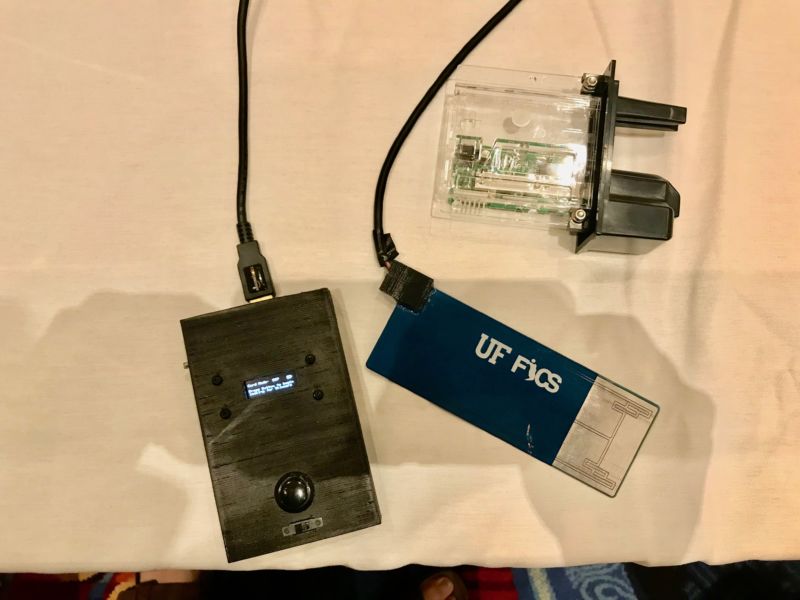In-N-Out Sends Punny Cease And Desist Over Fairly Clear Trademark Infringement
You may have heard the general mantra that “puns are the lowest form of comedy.” Heathens say that, because puns are great and, if I had my way, there would be a legal requirement to use at least one in every legal document this country produces. They can also be used to lighten up what would otherwise be heavy legal actions. Such is the case with In-N-Out Burger, which decided to respond to what is pretty likely trademark infringement with a pun-laden cease and desist.
We’ll start with the product that was likely infringing on In-N-Out’s trademarks, which itself involves some punnery.
The back and forth banter all started on July 12 when Seven Stills took to Instagram and posted a photo of its soon-to-be-released “barrel aged neopolitan milkshake stout.” The beverage’s logo featured In-N-Out’s famous red palm tree lining, arrow logo and the phrase “In-N-Stout Beer.”
In case you’re wondering just how clearly Seven Stills’ use of In-N-Out’s trade dress was, here is the brewery’s own Instagram post.
Barrel aged neopolitan milkshake stout coming soon. @innout
In case you’re somehow unaware of In-N-Out’s log and cup design, the In-N-Stout effort above is a very clear play on it:

So, yeah, despite the two companies being in different markets, this sort of use could still cause some kind of confusion and create an impression of affiliation between the two entities. If you really want to argue any of that, I suppose you can, but this is probably trademark infringement.
In-N-Out, which we have criticized in the past for some dodgy trademark behavior, deserves some credit here instead for firing off a cease and desist that certainly didn’t take itself too seriously.
After In-N-Out caught wind of the idea, its legal team crafted a cease and desist letter jam-packed with puns related to beer making.
“Based on your use of our marks, we felt obligated to hop to action in order to prevent further issues from brewing,” part of the letter read.
The C&D actually had way more puns than just those, however. Given the gentle and congenial nature of the C&D, in fact, Seven Stills made a point to post the entire thing to its Instagram account, as well as agreeing to alter its beer’s trade dress to remove In-N-Out’s branding from the can.
We count 9. Can you find them all?
If you can’t see that, it reads:
Dear Seven Sills Brewery & Distillery,
We at In-N-Out Burgers (“In-N-Out”) received multiple reports of your “In-N-Stout Beer” featured on your social media pages. The In-N-Stout Beer label features In-N-Out’s trademarks including our palm tree and arrow logos along with a substantial similarity to In-N-Out’s brand name. Based on your use of our marks, we felt obligated to hop to action in order to prevent further issues from brewing.
In case you are not already aware, In-N-Out owns multiple trademark registrations in these marks. As you may expect, we tap into a lot of effort in protecting our marks, which includes limiting their use by others.
Please understand that use of our marks by third parties ales us to the extent that this could cause confusion in the marketplace or prevent us from protecting our marks in the future. We hope you can appreciate, however, that we are attempting to clearly distill our rights by crafting an amicable approach with you, rather than barrel through this.
Accordingly, we request that you refrain from further use of In-N-Out’s marks by not selling or promoting items featuring our marks, and removing images of “In-N-Stout” and any other items featuring our marks from your website and social media pages. Please contact us as soon as possible, so this does not continue to ferment. Thank you for your time and consideration, and we look froward to resolving this in good spirits.
The lesson here isn’t that there wasn’t some other way to work this out beyond a cease and desist notice. No, the point here is that trademark issues can reach amicable ends if only companies are congenial with one another… and use as many puns as possible.
Permalink | Comments | Email This Story
Techdirt.
